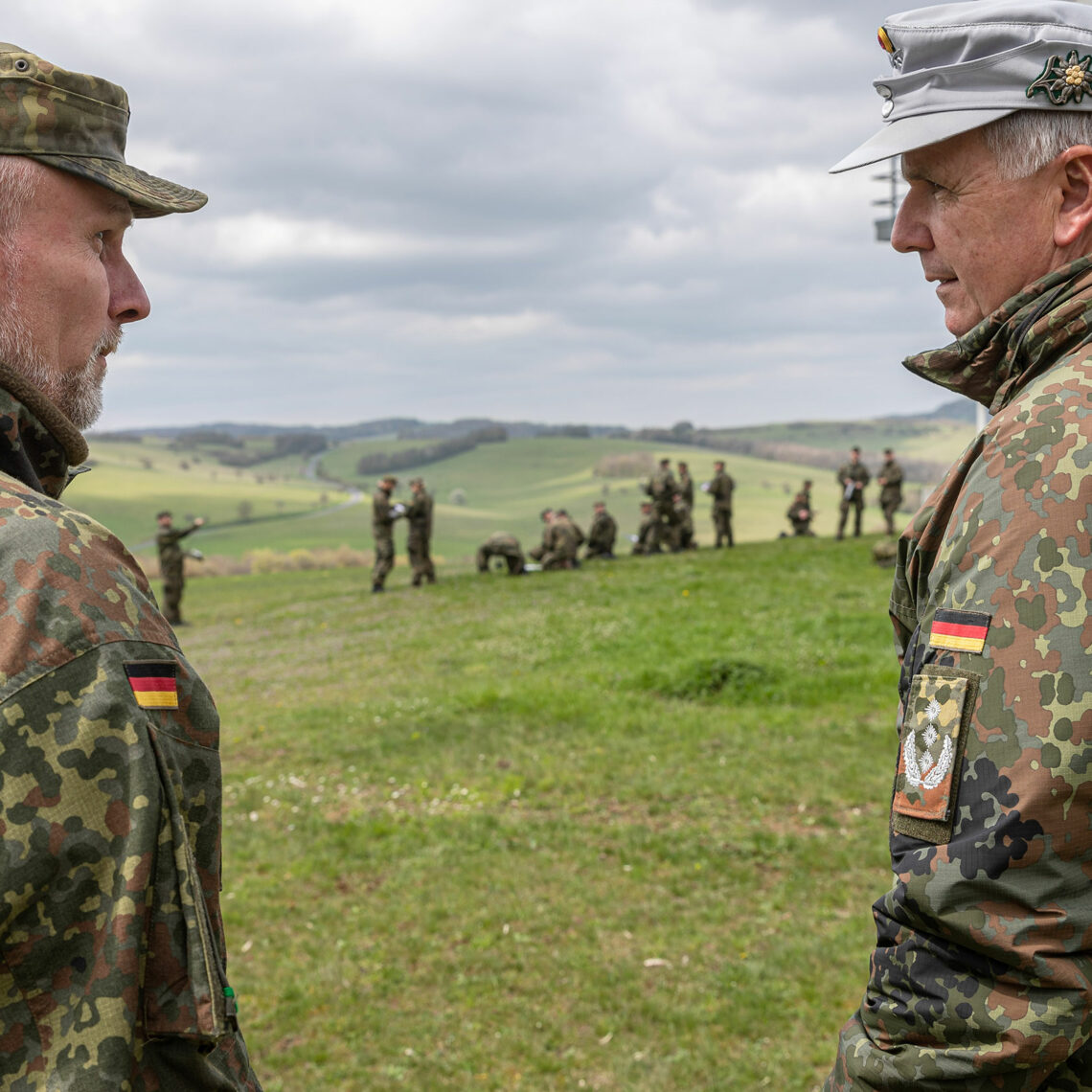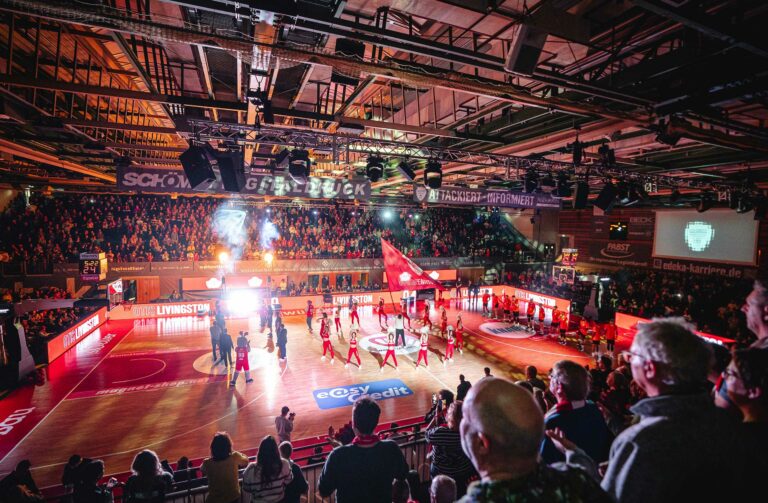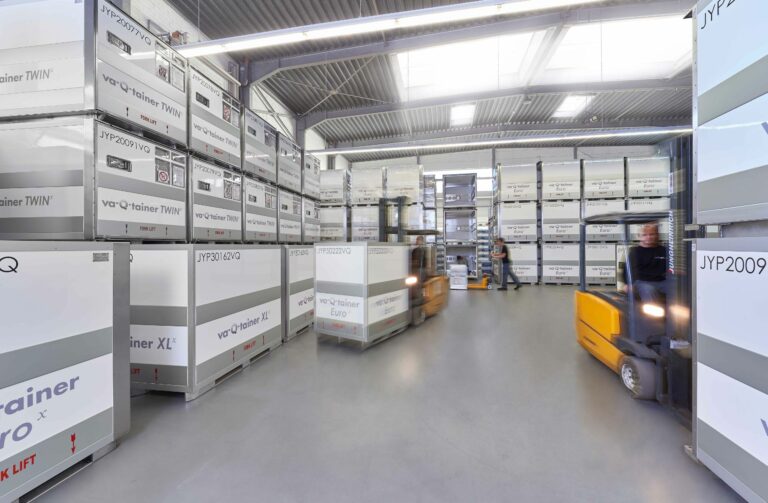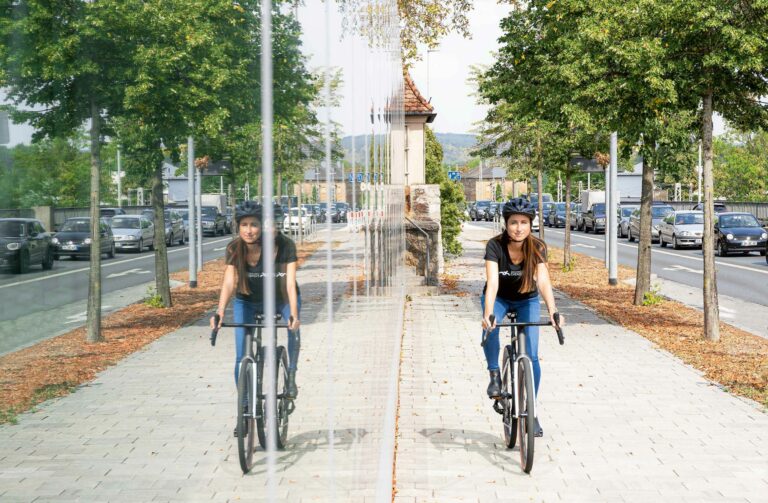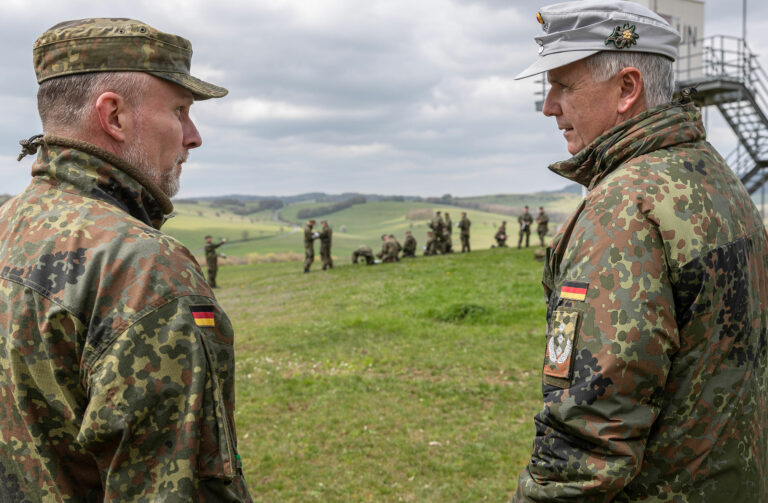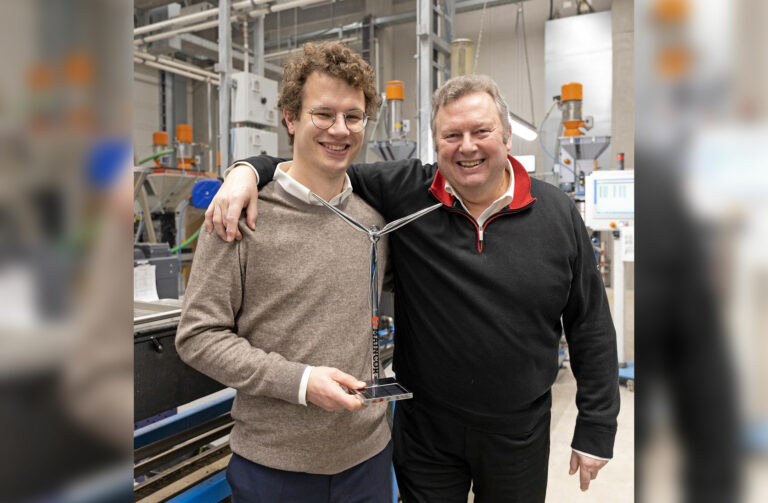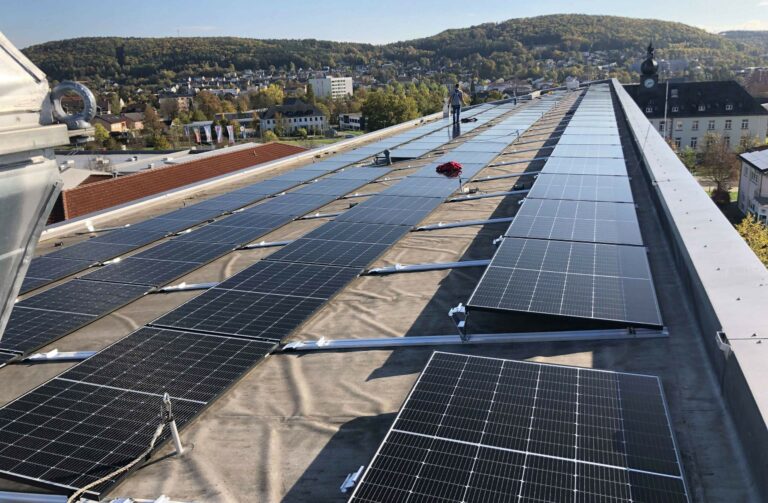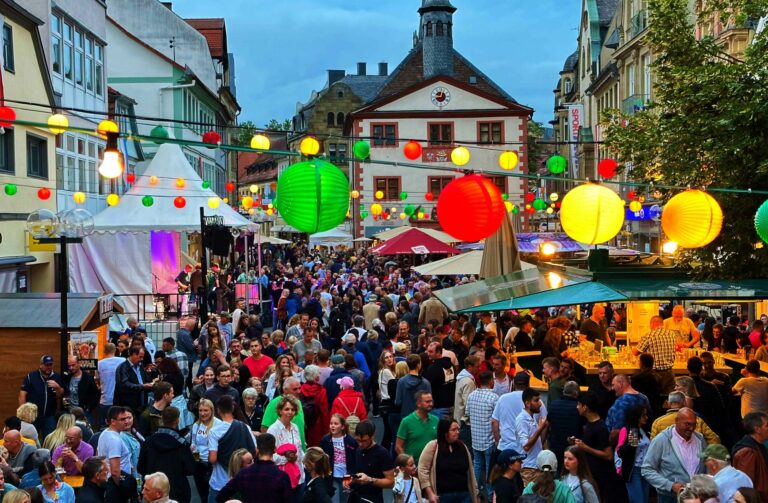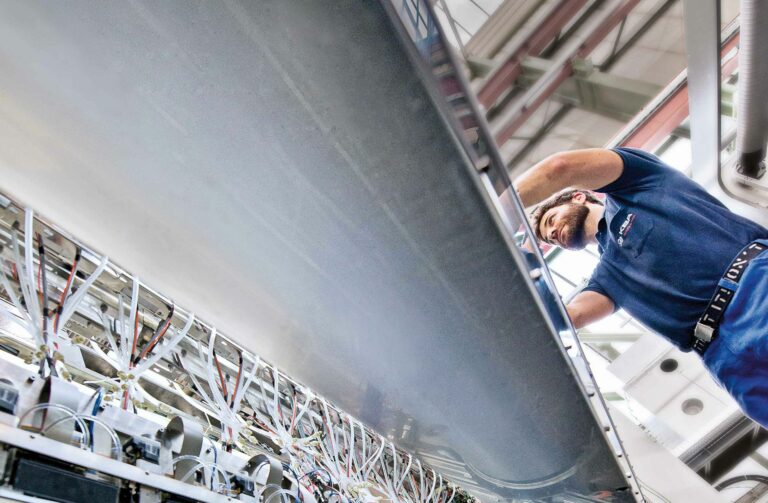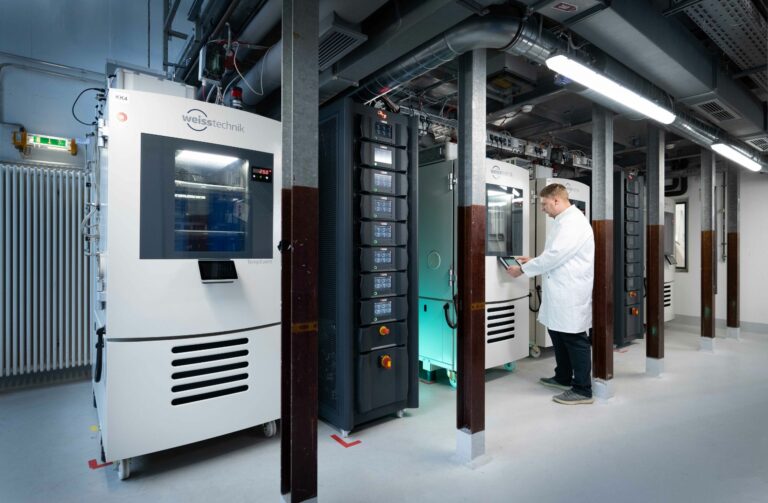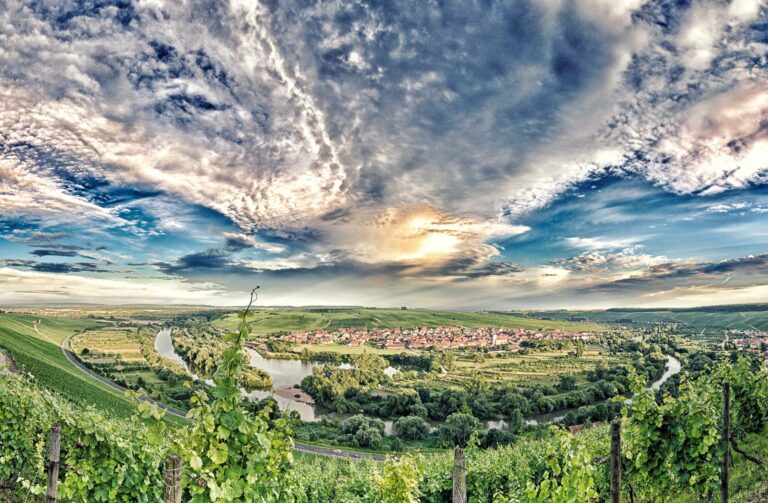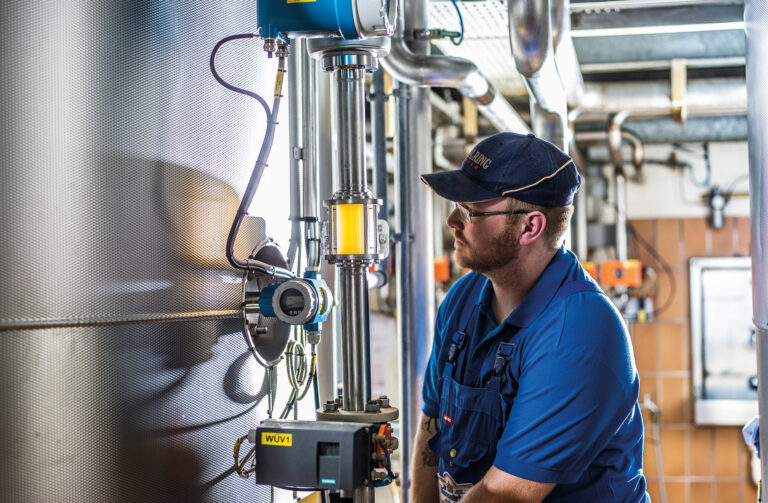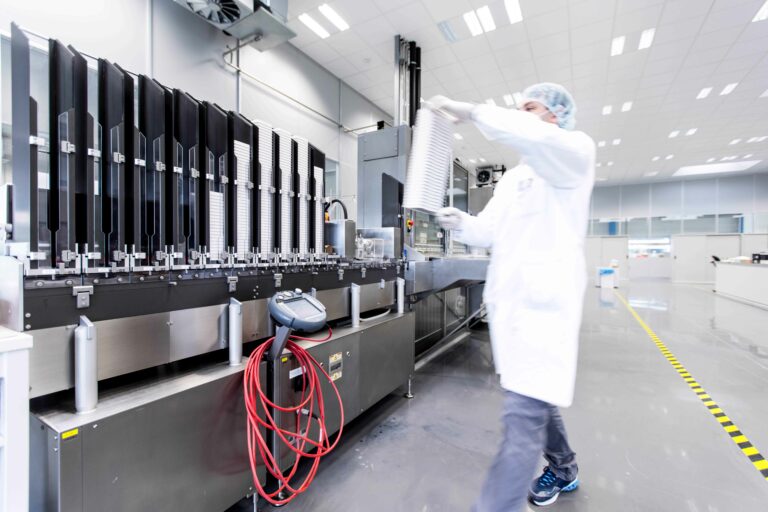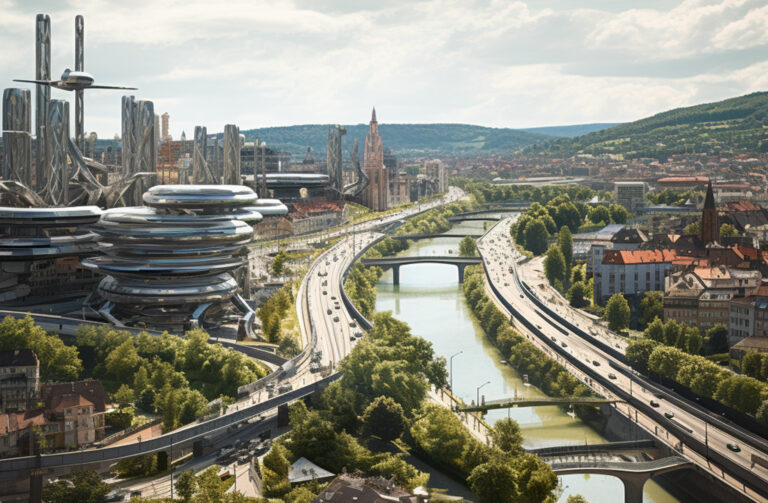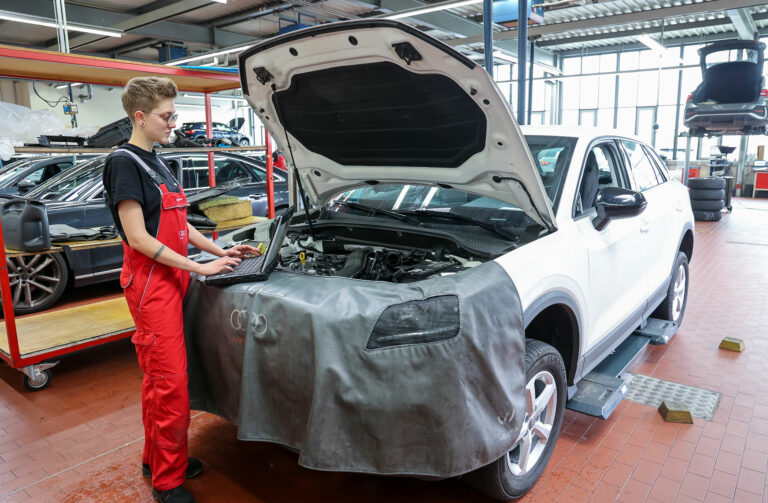Economic power in uniform
The Bundeswehr more than just one of the largest employers in the region. Largely unnoticed by the general public, an economic ecosystem has developed around the four locations in Main Franconia, generating revenues in the tens of millions of euros every year. This benefits the entire region as a business location.
Main Franconia and the military – a combination with a great tradition. Soldiers have shaped the cityscapes of Würzburg, Schweinfurt, Bad Kissingen, Kitzingen and other cities for decades, and with good reason: due to its close proximity to the inner German border, NATO military strategists had identified East Hesse and Main Franconia as potential incursion corridors for the Warsaw Pact armies during the Cold War. These became known as the “Fulda Gap” and the “Würzburg Gap”. As a result the NATO armies in Main Franconia maintained a strong presence, primarily the US Army and the Bundeswehr.
Of the former 13 bases, only the four Bundeswehr bases in Hammelburg, Veitshöchheim, Volkach and Wildflecken remain. A total of about 4,000 soldiers serve and work there, bringing purchasing power to the region. At the Hammelburg base alone, the Bundeswehr pays its soldiers around 100 million euros a year. It is estimated that around two thirds of this amount will find their way into the economic cycle – and thus also benefit Main Franconian companies. In any case, Main Franconia would be much poorer without the Bundeswehr, and not just economically. The soldiers can find plenty of cultural and eating out offers in the region. Add to that: The fact that the military is reliant on a good transport infrastructure, on the roads and by rail. “Reliable connections to the public transport system is important for us,” says Colonel Stefan Leonhard, garrison commander of the Hammelburg base. Many soldiers and the vast majority of course participants commute to Hammelburg, most of them by train. About a third of all the soldiers live in the region, says Leonhard.
Around 1,650 soldiers are currently serving at the Lagerberg military training base, in addition to around 650 civilian employees who ensure the smooth operation of the base. Among them are industrial mechanics, carpenters and landscape gardeners as well as administrative staff. The annual budget for Hammelburg currently amounts to about 17 million euros. About seven million euros of this are allocated to building maintenance and the same amount again to property management. The Bundeswehr spends slightly less than three million euros a year on guarding the base. Whereas in the past it was mostly conscripts who guarded the gate, nowadays it is employees from a security company.
All four bases in Main Franconia together account for around 63 million euros per year in running costs such as security, building maintenance and material procurement. A not insignificant part of this goes to the regional economy. Small and medium-sized enterprises in particular benefit from the established structures on site: The 1.3 million euros for the Hammelburg base’s office supplies – office chairs, desks, printer paper, pens, paper clips and the like – benefit regional companies just as the 2.8 million euros for maintenance do – for example, the external maintenance of cars provided to officers, NCOs and soldiers. Part of the training budget of around two million euros is also expected to go to regional education providers.
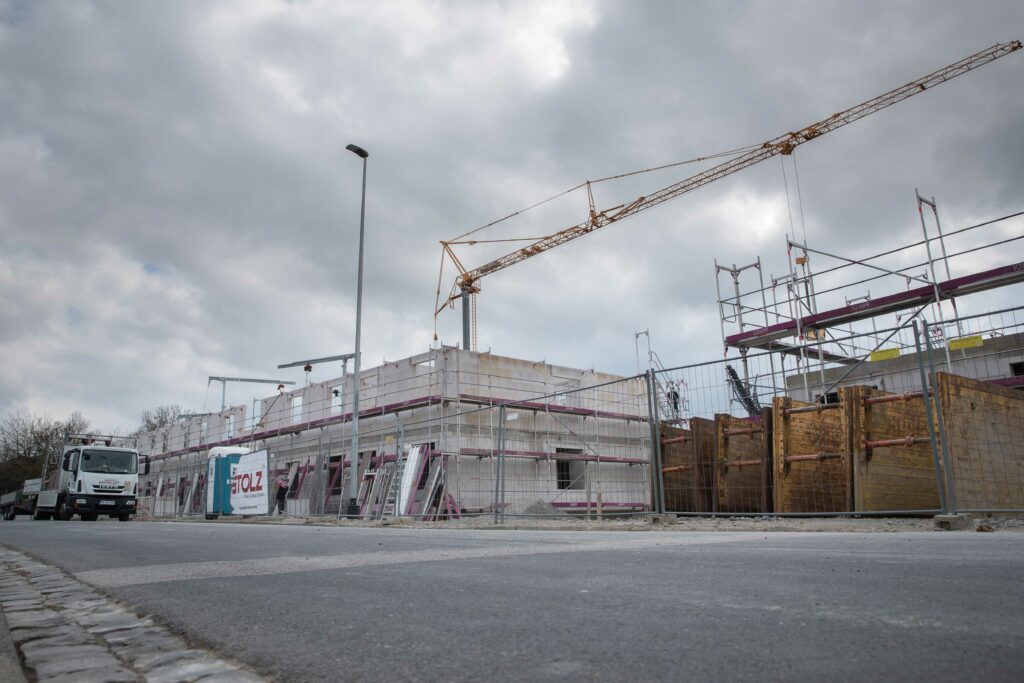
Huge construction volumes
Several accommodation buildings are being built at record speed in the middle of Hammelburg’s Saaleck barracks at a cost of around 30 million euros. “We will have hotel-standard single rooms here in future. These will be available for use regardless of rank,” says Leonhard. At the moment, four soldiers have to share a room, in the past the number was even as high as eight. In the long term, individual accommodation will become the new standard in Hammelburg – at a cost of around 150 million euros for the Bundeswehr. This might seem expensive at first glance, but, according to the garrison commander, the bottom line is that the new building is much cheaper. “The operating and maintenance costs of the old buildings are simply too high in the long run.” The new buildings are being built according to the latest climate protection standards set by the state for its own new buildings. Hashtag CO2 neutrality.
At present, 55 construction projects with a total volume of around 466 million euros are being implemented at the Hammelburg base. Looking at all four bases in Main Fraconia, there are currently 149 construction projects with a total volume of around 1.5 billion euros being implemented. And a significant portion of this also goes to the regional economy.
One of the largest training facilities
If the Bundeswehr were a company, it could compete with the big players. Around 260,000 employees –180,000 soldiers plus 80,000 civilian employees – would catapult it into eighth place among the largest companies in this country; smaller than Fresenius and Siemens, but bigger than Deutsche Telekom and Continental. And like the global players, the Bundeswehr is also an employer for many different kinds of employees, not just soldiers. Among the people working for the Bundeswehr you will find engineers as well as doctors, lawyers, office clerks or persons from the various skilled trades. And it trains a lot of young people – in CIC professions too. There are about 150 trainees at the Hammelburg barracks, including 18 industrial mechanics. Dual vocational training has always been a high priority for the Bundeswehr, says Leonhard. And of course the Bundeswehr also aims to benefit from this; one or two apprentices might pursue a civilian or military career in the Bundeswehr after their training.
The question remains: How is the Bundeswehr’s involvement in the region developing? The future of the four Main Franconia bases seems secure. Wildflecken is regarded as a base that will specialise in IT in the future, and a data centre is expected to be established here. The 10th German Armoured Division, whose headquarters is based in Veitshöchheim, is of particular importance in the current geopolitical situation. It is intended to swiftly achieve an excellent cold start. Veitshöchheim will therefore benefit from the Bundeswehr’s special fund, for example in digitalisation. And Hammelburg is also expected to benefit from recent developments: it was recently announced that the Army is to receive 100 Australian combat reconnaissance vehicles. The training of German soldiers in using these vehicles will take place at the Saaleck barracks in Hammelburg. Colonel Stefan Leonhard is optimistic about the future of the infantry training base. With this in mind, it is highly likely that regional companies will continue to benefit from the presence of the Bundeswehr in the future – and that the Bundeswehr will benefit from the compani
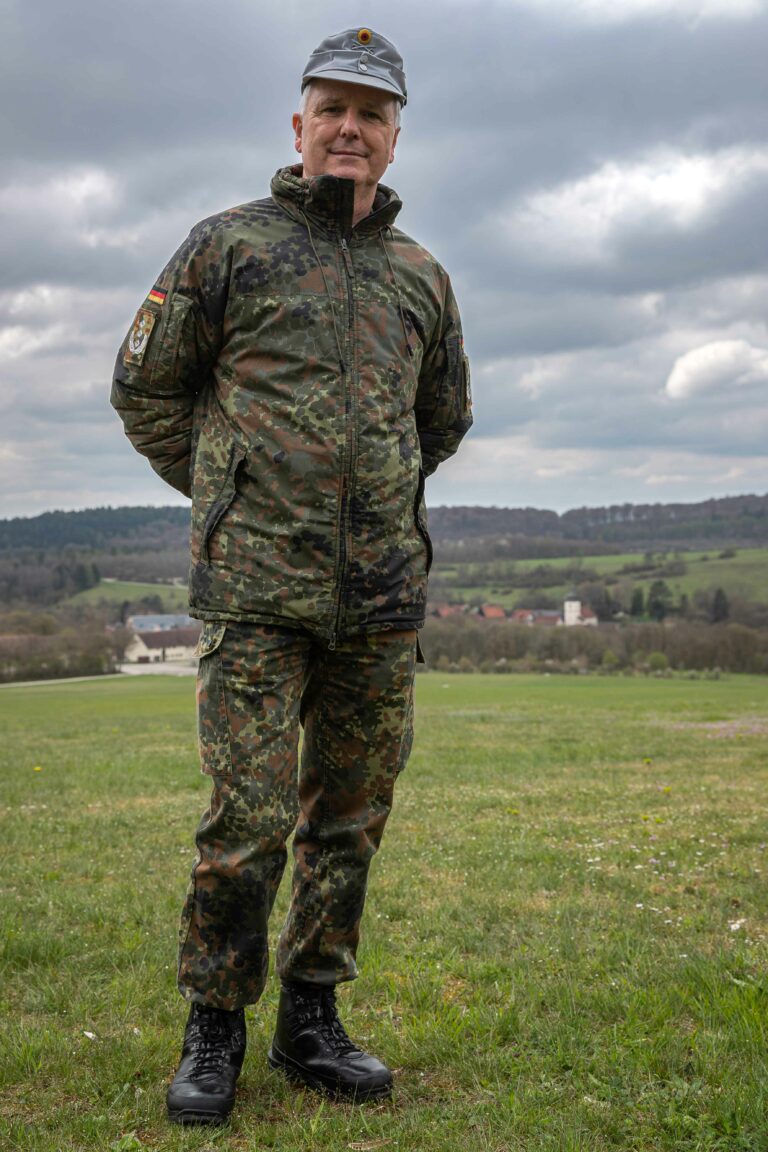
Header picture: Colonel Stefan Leonhard (right) visits the training courses in Hammelburg several times a week maintain the high quality of the training. Photo: Bundeswehr/Benjamin Bendig

